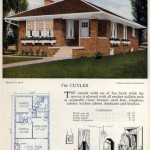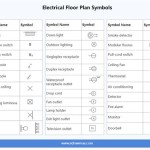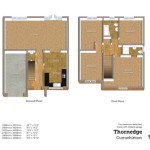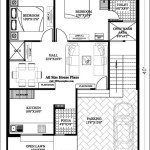Home Plans No Basement: Essential Considerations and Benefits
When designing a home, choosing whether to include a basement can be a significant decision. While basements offer additional space and storage, they also come with added costs and potential maintenance issues. For those seeking alternatives, home plans without basements present several advantages.
Eliminating Excavation Costs: One of the primary benefits of no-basement homes is the elimination of excavation expenses. Digging and removing soil, constructing foundation walls, and installing drainage systems can significantly increase construction costs. By opting for a home without a basement, you can save a substantial amount of money.
Reduced Maintenance: Basements are prone to moisture problems, such as flooding, mold, and mildew. Maintaining a basement requires regular inspection, waterproofing, and sump pump maintenance. These issues can be eliminated with no-basement homes, reducing ongoing maintenance expenses and potential headaches.
Improved Energy Efficiency: Homes without basements are inherently more energy-efficient. The absence of a large, unheated or cooled space below grade reduces heat loss and gain, making it easier to regulate the temperature throughout the home. This can lead to lower utility bills.
Expanded Living Space: While no-basement homes may have less overall square footage compared to basements, they typically provide more usable space on the main floor. The elimination of stairs and walls associated with a basement allows for more open and spacious layouts, creating a more comfortable living experience.
Simplified Construction: Building homes without basements is generally simpler and less time-consuming than those with basements. The construction process involves fewer steps, such as excavation, foundation work, and drainage installation. This can result in faster completion times and potential cost savings.
Lot Considerations: When considering a no-basement home, it's crucial to assess the lot's topography and soil conditions. Sloping or poorly drained lots may require additional excavation or drainage measures, which can negate the cost savings of eliminating a basement. It's advisable to consult with a reputable builder or engineer to determine the suitability of a no-basement design for your specific property.
Design Considerations: While no-basement homes offer several advantages, they also necessitate careful design considerations. Ample storage space should be incorporated into the main floor and attic to accommodate items that would typically be stored in a basement. Additionally, proper drainage systems and insulation should be installed to prevent moisture issues.
In conclusion, home plans without basements provide a sensible and cost-effective alternative to traditional designs. By eliminating excavation expenses, reducing maintenance, improving energy efficiency, expanding living space, simplifying construction, and avoiding potential site challenges, no-basement homes offer a comfortable and practical solution for homeowners seeking a modern and efficient home design.

Minimalist Floor Plans With Porches Houseplans Blog Com

Affordable House Plans 800 To 999 Sq Ft Drummond

Four Bedroom Home Design With Office Plan 4968

Morning Star Farm House Plan Narrow Archival Designs

Truoba 320 3 Bedroom Mid Century Modern House Plan

How To Create A Small House Floor Plan That Works For You

7 Excellent Floor Plans For Tiny Traditional Bungalows House Country Style

4 Bedroom House Plans One Story And Cottage Floor

How To Choose The Right Floor Plan Niblock Homes

Walkout Basement House Plans With Photos From Don Gardner Houseplans Blog Com








